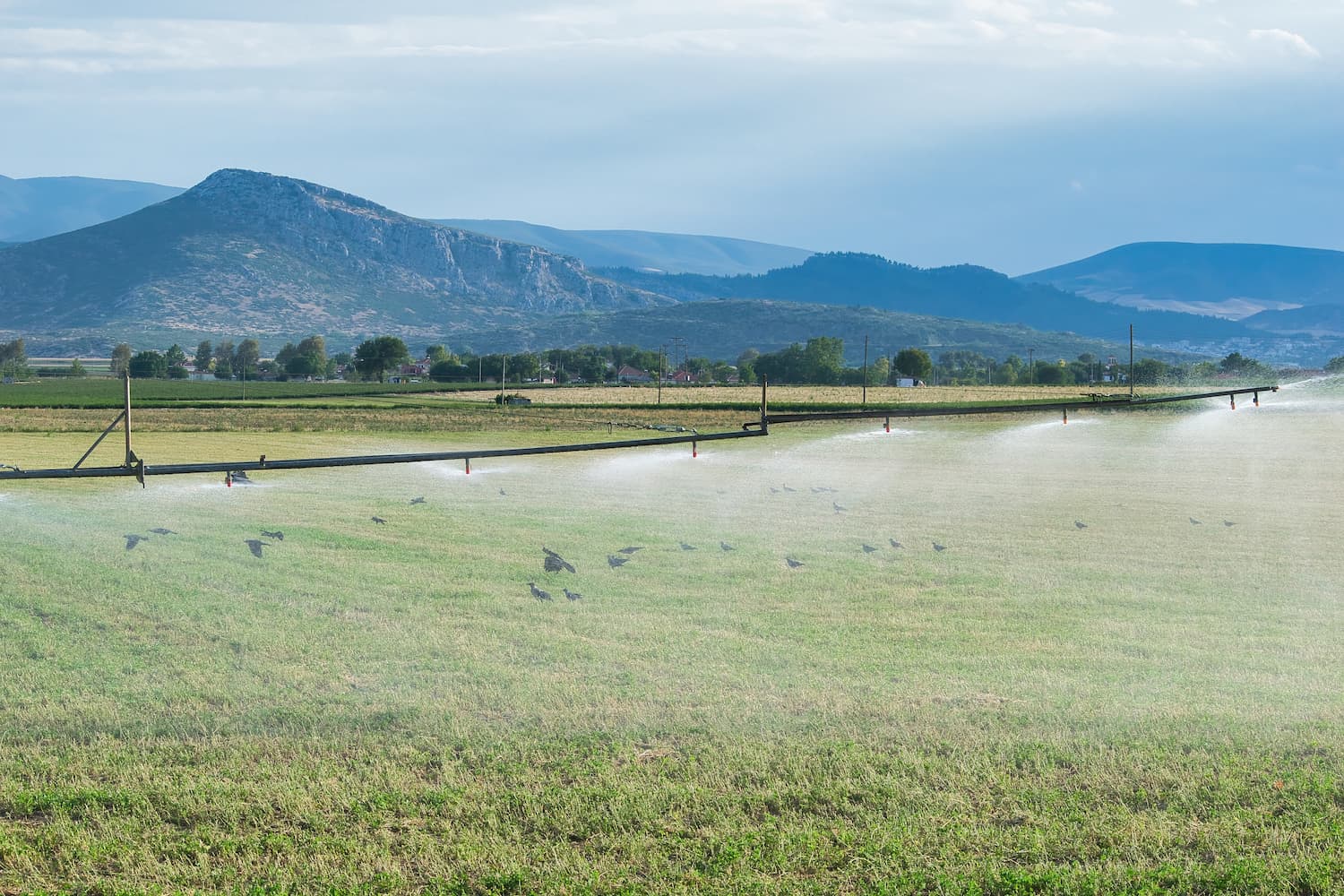EO Capability Benefits
Estimating crop evapotranspiration (ET) using Earth Observation (EO) is essential for improving irrigation management, water allocation, and drought resilience. ET reflects the total water transferred from the land to the atmosphere via evaporation and crop transpiration, making it a direct indicator of crop water use. EO-derived ET helps planners and farmers monitor actual water consumption, evaluate irrigation performance, and balance agricultural demand with available water resources. This capability is particularly valuable in arid and semi-arid regions, where efficient water use is critical for food security and climate adaptation.
EO Capability Description
Crop ET estimation with EO typically involves modeling surface energy balance or water balance using multispectral optical imagery, meteorological inputs, and land surface characteristics. Models such as SEBAL, METRIC, or SEN-ET integrate data from Sentinel-2 or Landsat (for surface reflectance and vegetation indices) with meteorological parameters (e.g., solar radiation, air temperature) to compute actual ET (ETa). Outputs are typically expressed in millimeters per day or over defined intervals.
EO-based ET products are generated at spatial resolutions of 10–30 meters and temporal frequencies ranging from decadal to monthly. These products can be used to assess spatial variability in water use, detect under- or over-irrigation, and support benchmarking of irrigation schemes or water-saving interventions.
While optical imagery enables high-resolution vegetation monitoring, limitations such as cloud cover may affect temporal continuity. Pre-processing steps and model calibration using local data (e.g., weather stations or lysimeters) improve reliability. ET estimates are often paired with productivity metrics to derive water use efficiency.
EO-enabled ET monitoring empowers decision-makers with science-based, field-scale insights that improve agricultural water management and support sustainable development goals.



